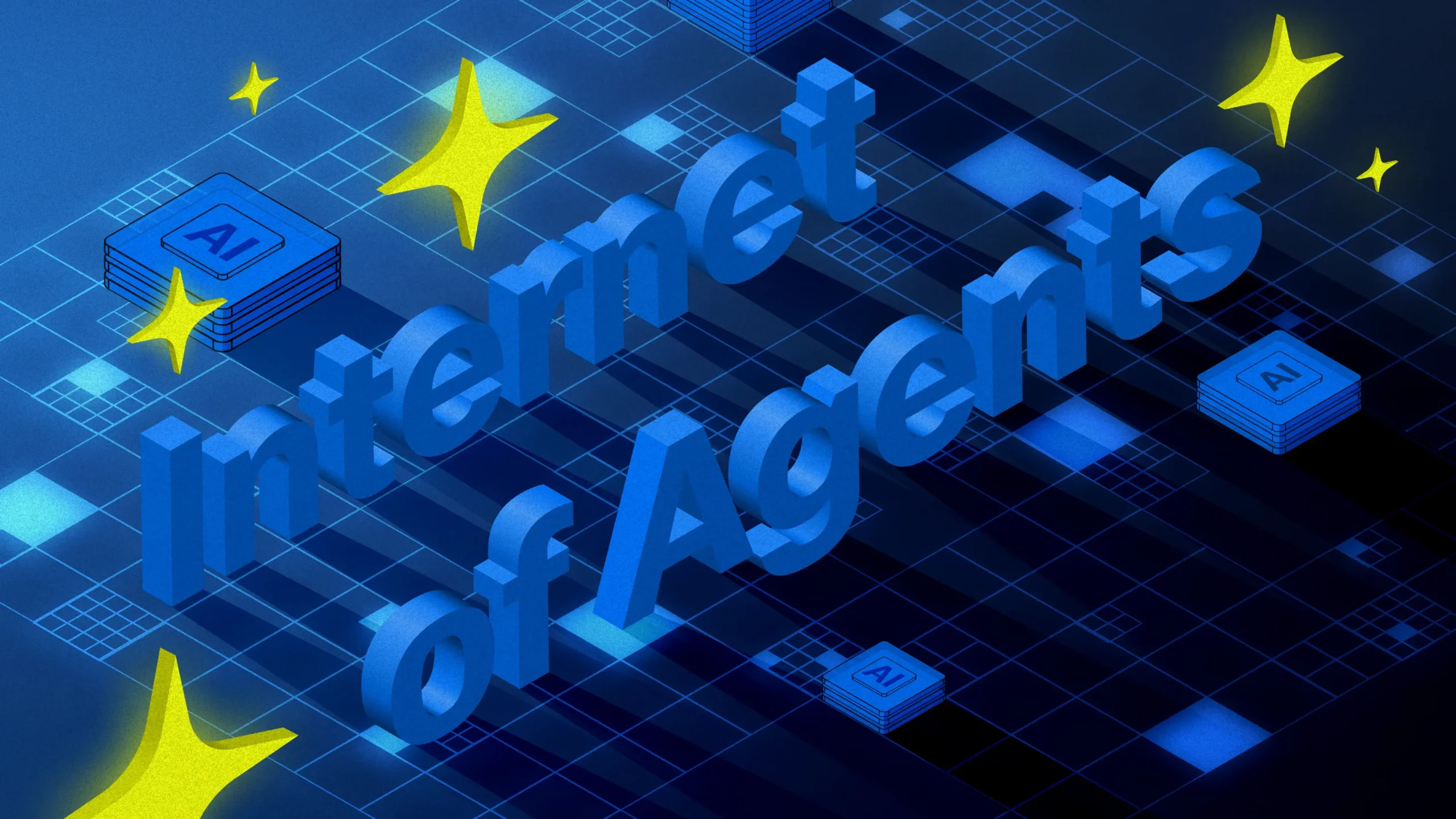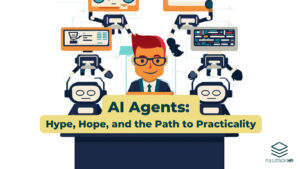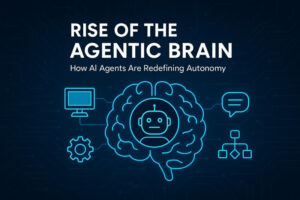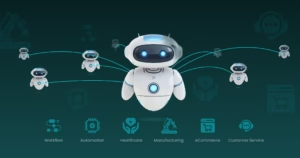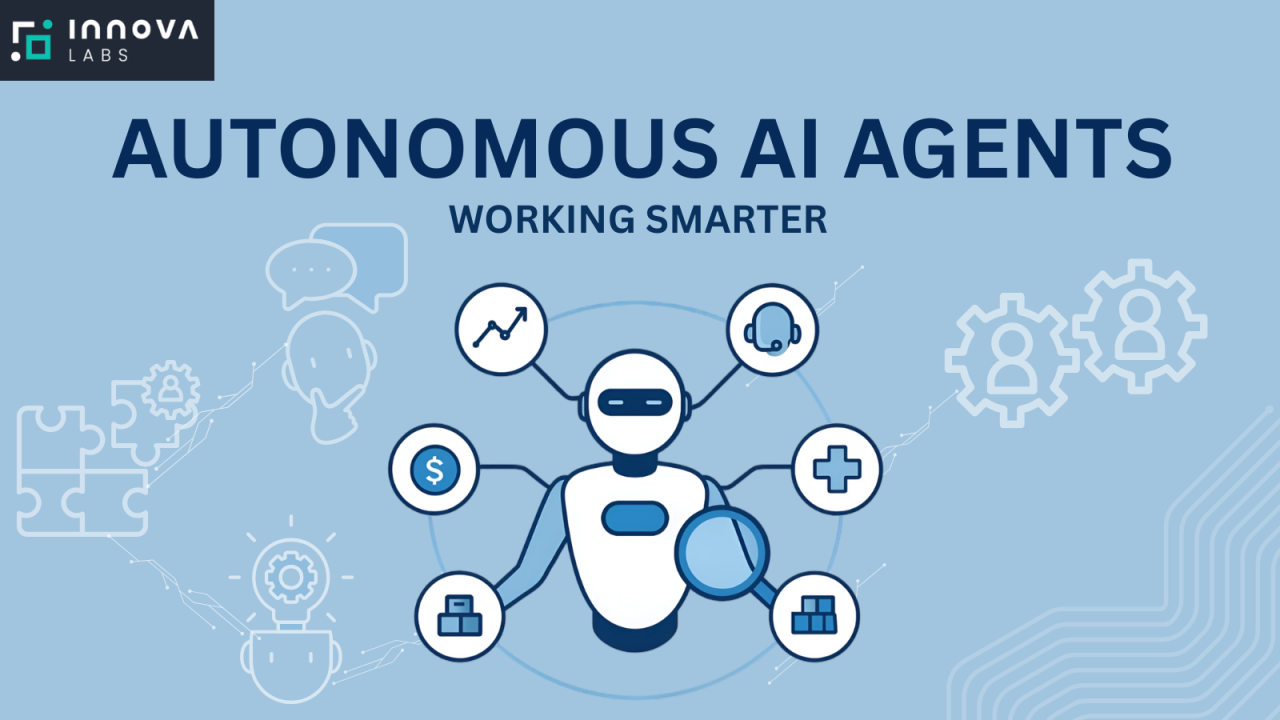An Internet of AI Agents? Coral Protocol Introduces Coral v1
On September 19, 2025, Coral Protocol announced the public release of Coral v1, a milestone the project bills as a foundational step toward what its creators call the “Internet of Agents” — a decentralized infrastructure that lets autonomous AI agents discover, message, coordinate, and be monetized across frameworks and chains. Coral v1 packages a set of primitives — a Model Context Protocol (MCP) runtime (the Coral Server), a developer CLI and Studio, a public registry for agent discovery, and on-chain payment hooks — that together aim to make multi-agent software easier to build, operate, and commercialize. This release is notable both for its ambition and for the specific technical choices Coral made to solve longstanding interoperability and monetization bottlenecks in agentic systems. Chainwire+1
Below I unpack what Coral v1 is, why it matters, what it actually contains, and the real technical and societal tradeoffs to watch as an “agent economy” matures.
Why an “Internet of Agents” matters
The past few years have seen the rise of specialist AI agents — narrow-purpose systems optimized for tasks like code review, calendar management, customer support, or fact-checking. Each agent platform (LangChain, CrewAI, AutoGen, proprietary vendor tooling) has developed its own runtime patterns, message formats, and orchestration APIs. That heterogeneity means stitching together multi-agent workflows requires bespoke adapters and lots of engineering overhead: if every agent speaks a slightly different protocol, building a system with 10 agents becomes a combinatorial headache. Coral frames its mission as creating the equivalent of HTTP for agents — a shared protocol and runtime that lets any agent talk to any other agent without pairwise integration work. If it works, developers could rapidly compose best-in-class agents into systems that are greater than the sum of their parts. Medium+1
That composability has two big promises. First, productivity: developers spend less time glueing systems and more time on product logic. Second, economics: Coral envisions an “agent economy” where creators can publish, rent, and sell agents; payment rails and reputation systems make it possible to pay agents (or their creators) for outputs and services. Coral v1 attempts to operationalize both promises.
What’s in Coral v1 — the technical elevator pitch
Coral v1 is not just a paper spec — it’s an open source stack and a set of operational services:
-
Coral Server (MCP runtime) — an MCP-based runtime that manages threads (conversation contexts), supports mention-addressed messaging between agents, and provides eventing/notification semantics. The Coral Server is the runtime that agents connect to; it tracks thread state and routes messages between agents, taking a thread-centric approach rather than ad-hoc point-to-point channels. The server code is open on GitHub, giving developers a practical way to run private or public Coral runtimes. GitHub
-
Remote Agents — a lifecycle model for agents that can be created, customized, rented, and executed remotely. Coral v1 introduces “Remote Agents” as a first-class capability: developers can publish agents to a registry and other teams (or applications) can instantiate them on demand. Press writeups emphasize the ability to deploy multi-agent software in minutes using Remote Agents. Chainwire+1
-
Developer Workflow: CLI + Studio — Coral ships developer tools (a CLI for automation and a Studio for observability and orchestration). These tools are aimed at making it easy to compose agents into workflows, inspect threads and message flows, and debug multi-agent interactions.
-
Public Registry / Marketplace — Coral v1 introduces a registry where agent “advertisements” are published; the registry enables discovery, versioning, and optional monetization. Coral positions the registry as a discoverability layer — think NPM or Docker Hub, but for autonomous agents that declare what they do, cost models, and interaction constraints. MarkTechPost+1
-
On-chain payments (Solana integration) — Coral v1 integrates payment rails so that agents and agent creators can be compensated on-chain. Several launch posts mention Solana (SOL) as a first payment primitive, enabling automated payments for agent execution or for marketplace transactions. This is part of Coral’s plan to bootstrap an economic layer for agent services. CryptoRank+1
Taken together, the stack is pragmatic: runtime primitives you can run, developer tools you can use, and a registry + payments system that attempts to convert composability into an economy.
How Coral’s runtime is different (and why it matters)
Two design choices in Coral v1 are worth highlighting:
-
Threaded, mention-addressed messaging — instead of raw point-to-point sockets or ad hoc HTTP calls, Coral centers on threads: discrete conversational contexts with history and explicit mention semantics. Agents are “mentioned” within threads to signal they should act. This makes cross-agent coordination more explicit and auditable, which helps with debugging, moderation, and reasoning about multi-agent protocols. It also reduces state-management complexity when many agents participate in shared contexts. GitHub
-
Model Context Protocol (MCP) — MCP is the glue that standardizes what it means to share context between models/agents. By implementing an MCP server, Coral aims for a predictable contract that different frameworks can implement. If LangChain-based agents and CrewAI agents both implement MCP, they can interoperate without bespoke adapters.
These choices are practical: threaded contexts make multi-party conversations tractable; a shared protocol reduces rework. But they are also normative: Coral’s primitives will shape how people design agent workflows. When a platform offers a convenient way to do something, developers often adopt it — even if alternative designs exist — which is why protocols matter.
The developer experience: composing agents, not glue code
Coral v1’s CLI and Studio are meant to reduce the “glue tax”. Instead of writing custom orchestrators, developers can:
-
Publish an agent artifact to the registry (metadata, interfaces, cost model).
-
Discover an agent and instantiate it as a Remote Agent within a Coral runtime.
-
Use the Studio to connect agents into threads, inspect message flows, and set interaction rules.
-
Wire payments so that actions or outputs trigger automated on-chain transfers.
That workflow promises faster iteration cycles for building agentic apps. Early writeups and Coral’s docs emphasize a “mix-and-match” approach where lightweight agents are composed horizontally (many specialists collaborating) rather than vertically (one huge monolithic agent). Coral’s team argues this model is more scalable for complex automation because it encourages specialization and reusability. MarkTechPost+1
Monetization and the agent economy
A central part of Coral’s vision is economic coordination. The registry + Solana payments provide primitives for:
-
Pay-per-use agent services — agents can define price models (per task, per token, subscription).
-
Creator rewards — agent authors can receive direct compensation when their agent is used.
-
On-chain transparency — payments and some metadata can be auditable on chain (subject to privacy constraints).
This economic layer changes incentives: creators may build narrow specialists intended to be plugged into many systems. Coral hopes this will create network effects — more agents attract more users, which attracts more creators, which in turn expands the catalog of available agent capabilities. Several launch reports underscore this marketplace angle as a core differentiator for v1. Crypto Economy+1
Early claims and benchmarks
Alongside the release, some outlets published strong claims about Coral’s performance. A few reports cite Coral outperforming some competitor systems in specific GAIA benchmark measures by double-digit percentages. These early performance anecdotes are interesting but should be read cautiously — benchmarks depend heavily on task selection, dataset curation, and experimental setup. Coral’s open codebase and registry do allow third parties to reproduce experiments, which is the right approach if the community wants reliable verification. AInvest+1
Real challenges and risks
Coral v1 does not magically solve all agent orchestration problems. Several challenges deserve attention:
Security and adversarial agents
Opening a registry and enabling remote execution invites adversarial behavior. Malicious agents could try to exfiltrate data, manipulate other agents, or gamify payment rules. Coral’s architecture must include strong sandboxing, vetting, and runtime monitoring. Coral’s team has said they screen agents, but vetting at scale is a difficult trust engineering problem. LinkedIn
Governance and moderation
Who decides which agents are allowed in the registry? How are disputes resolved when an agent behaves badly or when economic terms are contested? On-chain payments simplify settlements, but governance mechanisms must be defined and operationalized.
Privacy and data governance
Threaded conversations carry context. If production agents handle user data, the protocol must support privacy guarantees, data minimization, and opt-out semantics. Publishing agent ads that describe capabilities is useful, but safeguards are needed to prevent leakage of sensitive context across threads or registries.
Interoperability promises vs. reality
Building an MCP server and a registry is a strong start, but cross-framework adoption requires buy-in from major agent runtimes and vendors. Coral’s open approach and tooling lower barriers, but some vendors may prefer proprietary integrations that lock customers into their ecosystems. The strength of Coral’s network effects will depend on how quickly diverse frameworks adopt MCP compatibility. GitHub+1
Economic externalities
Monetizing agents raises questions about fairness and concentration. Large teams could build highly effective paid agents, leaving smaller creators struggling to compete. Market design — discoverability algorithms, fee structures, and reputation systems — will shape whether the agent economy is broadly inclusive or concentrated.
Who should care right now?
-
Developers building multi-agent systems should evaluate Coral Server and the Remote Agent model as a way to reduce integration costs. If you already run multi-agent workflows, try the Coral Server locally and migrate a small workflow to test interoperability and observability gains. The code and migration docs are available on Coral’s GitHub and docs. GitHub+1
-
Agent creators and startups should consider how to package and monetize capabilities. The registry + payments primitives could be an early channel for distribution.
-
Platform vendors and cloud providers should watch Coral as a potential standard or competitor. Coral’s approach may complement provider-level orchestration, or it could create pressure to support MCP to retain developer mindshare.
-
Regulators and security teams should start thinking about frameworks for vetting agents and auditing automated decision chains. The proliferation of independent agents increases attack surface and complicates accountability.
Where Coral v1 could take us
If Coral or a similar protocol achieves wide adoption, we could see a few systemic effects:
-
Rapid composition of specialized systems — assembling domain experts (legal summarizers, finance assistants, scheduling bots) into multi-agent apps will become quick and cheap, accelerating automation.
-
Competitive agent marketplaces — like app stores but for agents, with discoverability and monetization allowing micro-entrepreneurs to publish valuable niche agents.
-
New norms for agent governance — decentralized registries plus on-chain payments will require governance primitives (DAOs, reputation layers) that balance openness with safety.
-
Standardized audit trails — thread-based contexts could make it easier to trace how decisions were made across interacting agents, improving explainability and compliance.
But the flip side is real: without robust security, governance, and incentives for responsible behavior, an “Internet of Agents” could amplify harms — misinformation, automation bias, or coordinated exploitation.
Verdict: practical progress, but the ecosystem test is next
Coral v1 is a pragmatic, well-scoped release: a runtime you can run, a registry you can publish to, and payments you can wire up. Those are meaningful steps beyond purely theoretical protocol papers. The open source Coral Server and supporting repos give developers something concrete to test and build on. At the same time, the release is a first act — the next chapters will be written by adoption, integration with major agent frameworks, and how Coral (and the community) handles security, governance, and marketplace design. If Coral’s primitives catch on, we may indeed be at the beginning of an “Internet of Agents”; if not, it will still have advanced an important conversation about standardization and composability in agentic software. GitHub+1
Getting started (practical next steps)
If you want to try Coral v1 today:
-
Read the docs and migration guide on the Coral website and docs site to understand MCP and Remote Agent concepts. coralprotocol.org+1
-
Clone and run Coral Server from the Coral GitHub repo to experiment with threaded messaging locally. GitHub
-
Explore the registry and the published sample agents (e.g., GitHub MCP Agent) to see how an agent is advertised and consumed. GitHub
-
Test onboarding a tiny workflow (two agents, one orchestrator) to evaluate observability, latency, and billing semantics. If you’re integrating proprietary LLMs, examine data flow and privacy constraints carefully.
-
Participate in the community — Coral’s Discord and GitHub issues are active places for collaboration and feedback; early contributors often shape protocol evolution. coralprotocol.org+1
Final thoughts
Coral v1 is an ambitious attempt to bring order to the emergent complexity of agentic systems. It recognizes that the future of automation will likely be heterogeneous — many specialized agents, many vendors, many execution environments — and that standards and economic rails are necessary to make that future practical and sustainable. The release gives the community code, primitives, and a marketplace prototype to evaluate those claims.
The real test will be time: will the developer community, platforms, and enterprises adopt Coral’s MCP and registry model at scale? Will the protocol balance openness with safety and governance? Coral v1 is an important experiment — and in software and standards, experiments that are open, reproducible, and community-driven often produce the most useful outcomes, even if they evolve dramatically along the way. If you build with agents, Coral v1 is worth watching and, at least for a small pilot, worth trying. Chainwire+1
Selected sources
-
Coral Protocol official site and docs (Coral v1 overview & MCP). coralprotocol.org+1
-
Coral Server (MCP runtime) — GitHub repo. GitHub
-
Press coverage of Coral v1 launch (Chainwire / Crypto-news reports). Chainwire+1
-
Reports on Coral v1 payments & Solana integration. CryptoRank+1
-
Analysis & commentary on Coral’s interoperability solution and early benchmark claims. AInvest+1
For quick updates, follow our whatsapp –https://whatsapp.com/channel/0029VbAabEC11ulGy0ZwRi3j
https://bitsofall.com/https-yourwebsite-com-ai-in-business-and-cloud-transforming-enterprises/
https://bitsofall.com/https-yourdomain-com-google-gemini-in-chrome-future-of-ai-powered-browsing/
MIT’s LEGO: How Bricks Spark Innovation, Education, and Research

